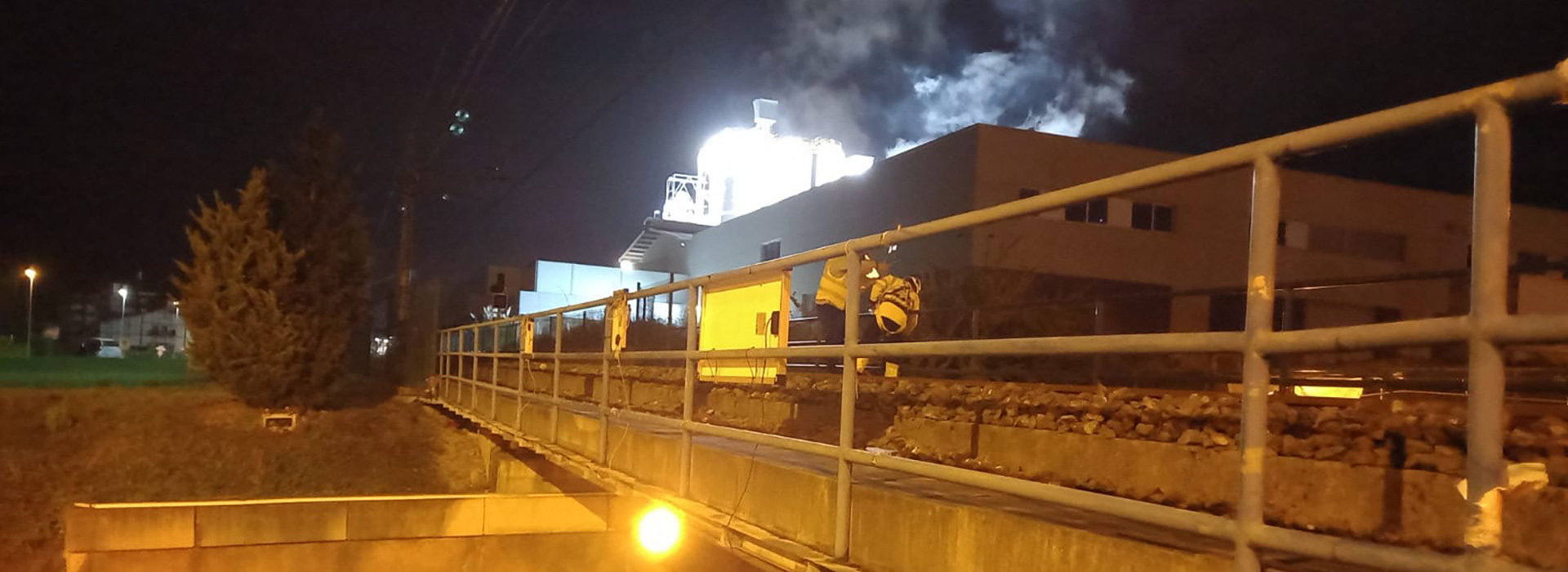Projects: Innovation

STRUCTURAL MONITORING IN THE IOT OF RAILWAY BRIDGES
INTEGRATION OF STRUCTURAL BRIDGE MONITORING INTO THE INTERNET OF THINGS WITH A DIGITAL TWIN
Plataforma optimizada para el diagnóstico experto
Area of activity
INNOVATION
Service
–
Client
European Regional Development Fund (ERDF) – Basque Government + European Union
Scope
- Research and innovation project development
Duration
2020-2022
The main objective of the initiative is to develop an optimized platform for expert diagnosis. Diagnosis supported by the acquisition and transmission capacity, in real time, offered by the new IoT technologies (Internet of Things). Integrating applications related to the relevant variables for the evaluation of the structural health of the bridge with visualization technologies in the cloud that offer functionalities assimilable to a digital twin.
The initiative proposes to develop a fast, reliable, cost-effective and usability-enhanced system for remote monitoring of bridge structures through an application. This application will integrate a “radiography” of the structural health (after filtering and expert extraction of the value of the measured data) with a digital twin (accessible by the user as a service through a URL). The result will be a solution integrated in a BIM methodology and in the Internet of Things, so that a first step is taken in the great leap that involves the framing of bridges and their conversion to Infrastructure 4.0 in a generalized way.
The proactive management of bridges, through the implementation of continuous and remote access to sensor data, IoT platforms and their contextualization with a digital twin of the asset, can allow:
- Minimize in number and time traditional inspections, reducing inspection and maintenance costs.
- Anticipate the progression of damage, reducing repair costs and extending the useful life of these structures. This delays their replacement and the economic and environmental consequences that the construction of new bridges generates.
- Avoid possible damage to people, to the transport infrastructure itself and, in general, social and economic damage. It enables the responsible expert to make remote judgments of the structural condition of the bridges from the data collected continuously (according to the monitoring plan of each structure).
One of the key features of the project will be its adaptability, so that the platform can be configured modularly in terms of deployment of sensors, structural elements and key monitored variables. Also the data processing for the generation of structural radiography panels, according to the variables and points, sections, structural elements, etc., to be measured depending on the case. Finally, the visualization of the contextualized information in the available digital model of the bridge.
In this project, a long-term monitoring (between 6 months and 1 year) of a railway bridge will be addressed as a case study, for which the previous phase of designing an optimized monitoring plan for the measurement of at least one physical variable in the structure will also be undertaken. A methodological criterion for the selection of critical variables and sections based on the previous analysis with finite element models will also be given.



